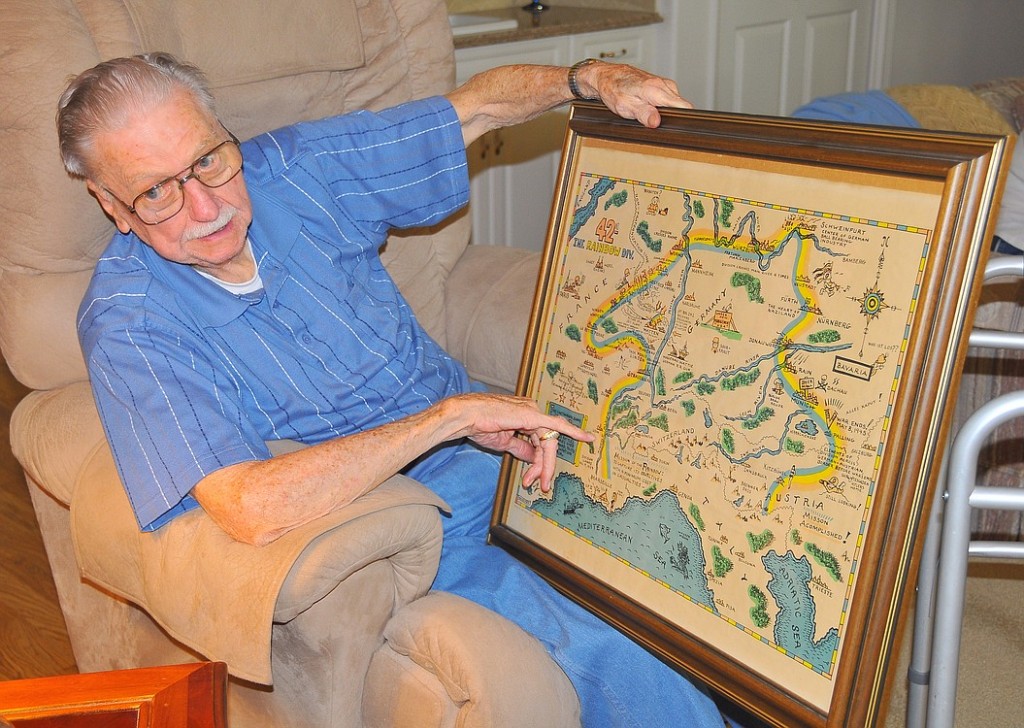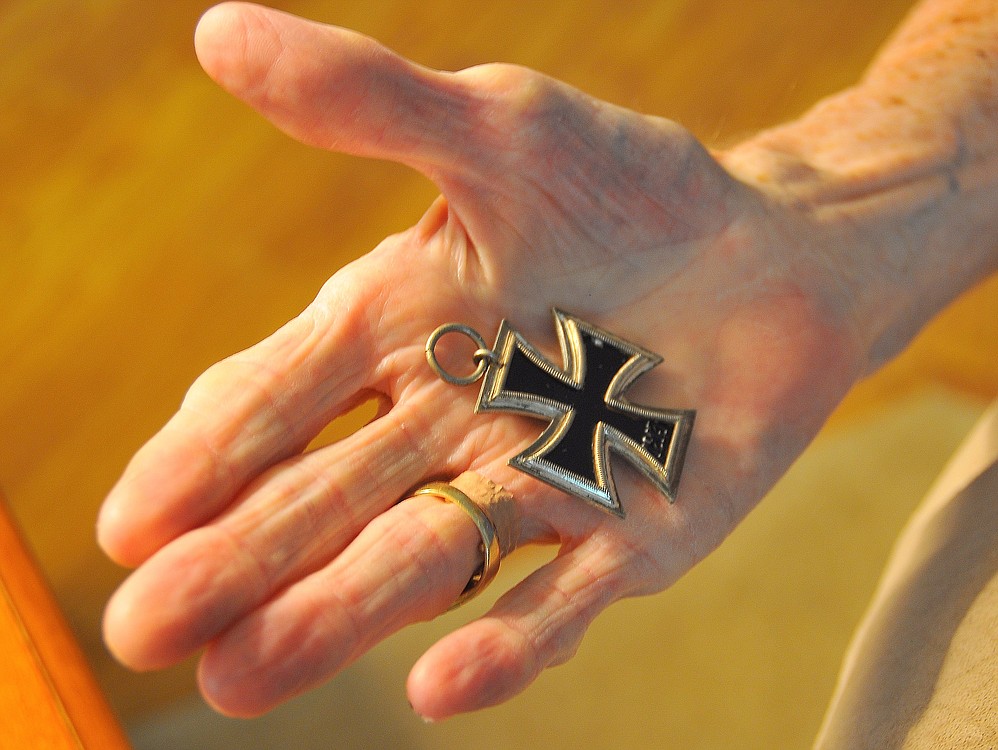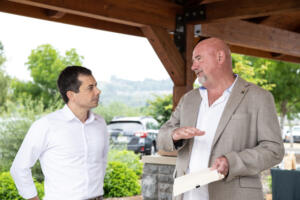By all accounts, George Willis has packed a lot of living into his 89 years on this earth.
From liberating one of Germany’s most notorious WWII concentration camps to traveling the globe, Willis’ motto seems to be, “never quit.”
When physical challenges kept him from walking in the annual Camas Days Parade with the local Veterans of Foreign Wars Chapter 4278, neighbor Dennis Schwartz devised a way to make it happen, using a borrowed golf cart from the Orchards Hills Country Club. Willis was eager to be able to participate in the annual parade.
“George has such a big heart,” Schwartz said. “He will do anything he can for you. I wanted to find a way to help him.”
A decorated Army veteran with the 42nd Infantry Brigade, known as the Rainbow Division, Willis makes the danger of air strikes and battles during World War II in Europe seem like just another day.





